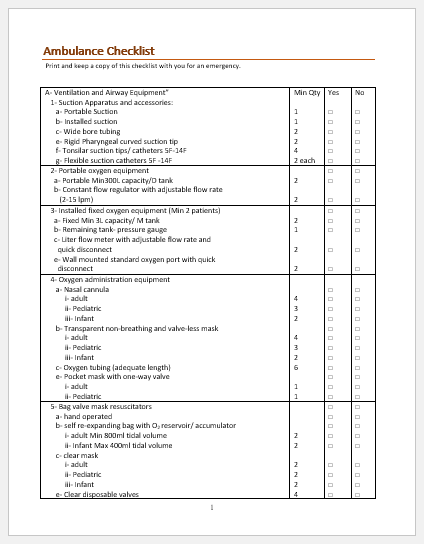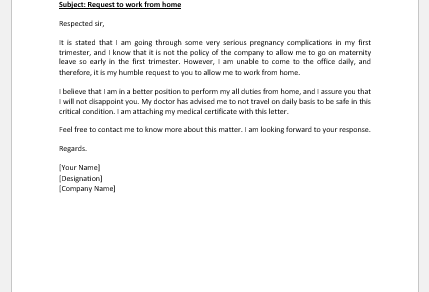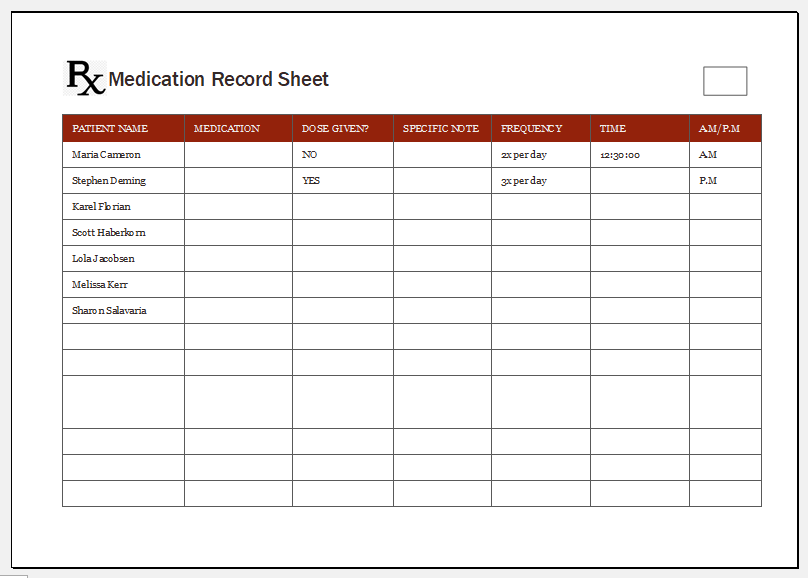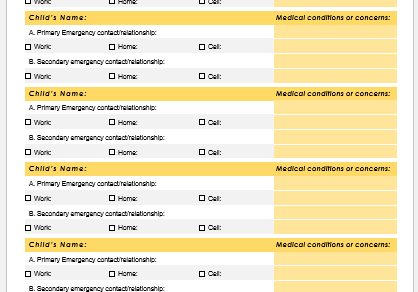An ambulance is a vehicle that is specially designed and equipped according to medical needs in case of emergencies. We can say that an ambulance is a medically designed vehicle. The main purpose of an ambulance is to transport patients in critical condition to the appropriate medical facility, where the patient is treated according to his ailment.
Where are ambulances used?
Ambulances are always used in emergency situations and are designed to take care of the patient in critical condition. It is equipped with the medical supplies used for first aid so that the patient stays alive or revives if he is battling with his life.
For example, in a road traffic accident, an ambulance is used to transport the wounded person from the road to the hospital emergency room. During this commute, the ambulance provides oxygen and other essentials of first aid so that the patient is able to breathe and sustain his injuries until he reaches the ER.
An ambulance is also equipped with a red light and a loud siren so that everyone on that road recognizes and gives way to the ambulance, even in traffic jams. Another important function of an ambulance is the transport of paramedical staff to emergency areas, for example, earthquakes, bomb blasts, and other disasters.
History of ambulance
If we trace back the history of the ambulance, we will come to know that the first ambulance was used in the year 1487 by Spanish forces when they were fighting at the siege of Malaga by Catholic monarchs. Ambulance wagons were used to transport wounded soldiers during the American Civil War and now we can see a fully evolved form of ambulance every day on the roads.
Ambulance checklist
Now that the medical field has got great advancements and improvements, ambulances have also got a whole new shape. They are now very well equipped with the latest equipment and machinery. However, it is necessary that a checklist is used to see if the ambulance has all the necessary things to transport a terminally ill patient from one place to another.
- An ambulance checklist must include ventilation and airway equipment, which includes suction apparatus (both portable and installed suction), wide-bore tubing, pharyngeal suction tips, and flexible suction tips.
- Portable oxygen equipment with a minimum of 300 liters of capacity must be present, and it must have a regular flow. Installed oxygen equipment for at least two patients must be present.
- Other than that, the oxygen administration equipment and resuscitation equipment must be present in the ambulance in functional condition.
- Equipment for vital monitoring and defibrillation, in case CPR is needed, must be present in the ambulance.
- Dressing, bandages, sterile dressings, adhesive tapes, and triangular bandages must be present.
- Ways of communication must be present in the ambulance in the form of cellular phones.
- Equipment for obstetric emergencies must also be present.
- The ambulance must be properly air-conditioned, and clean according to medical needs.



